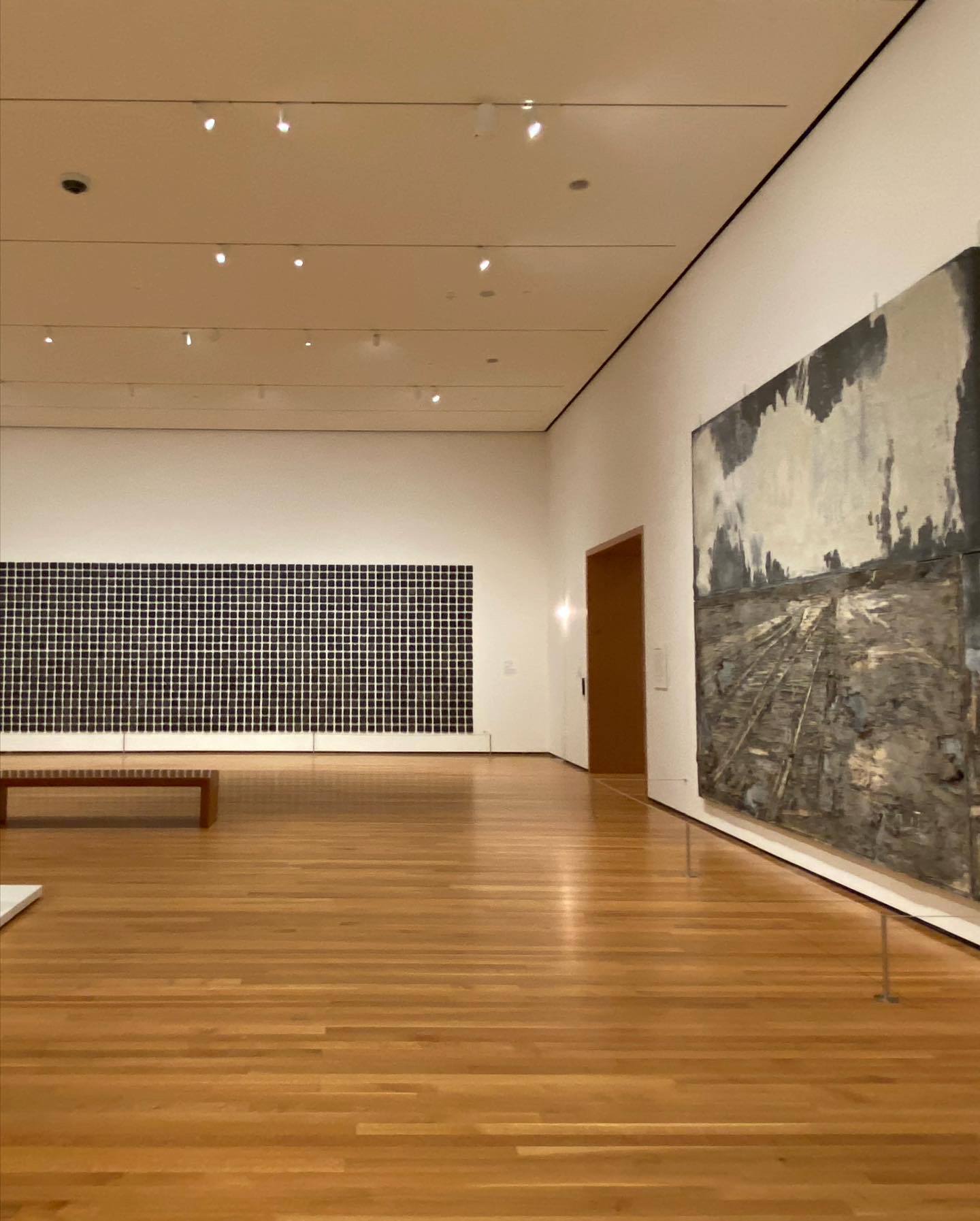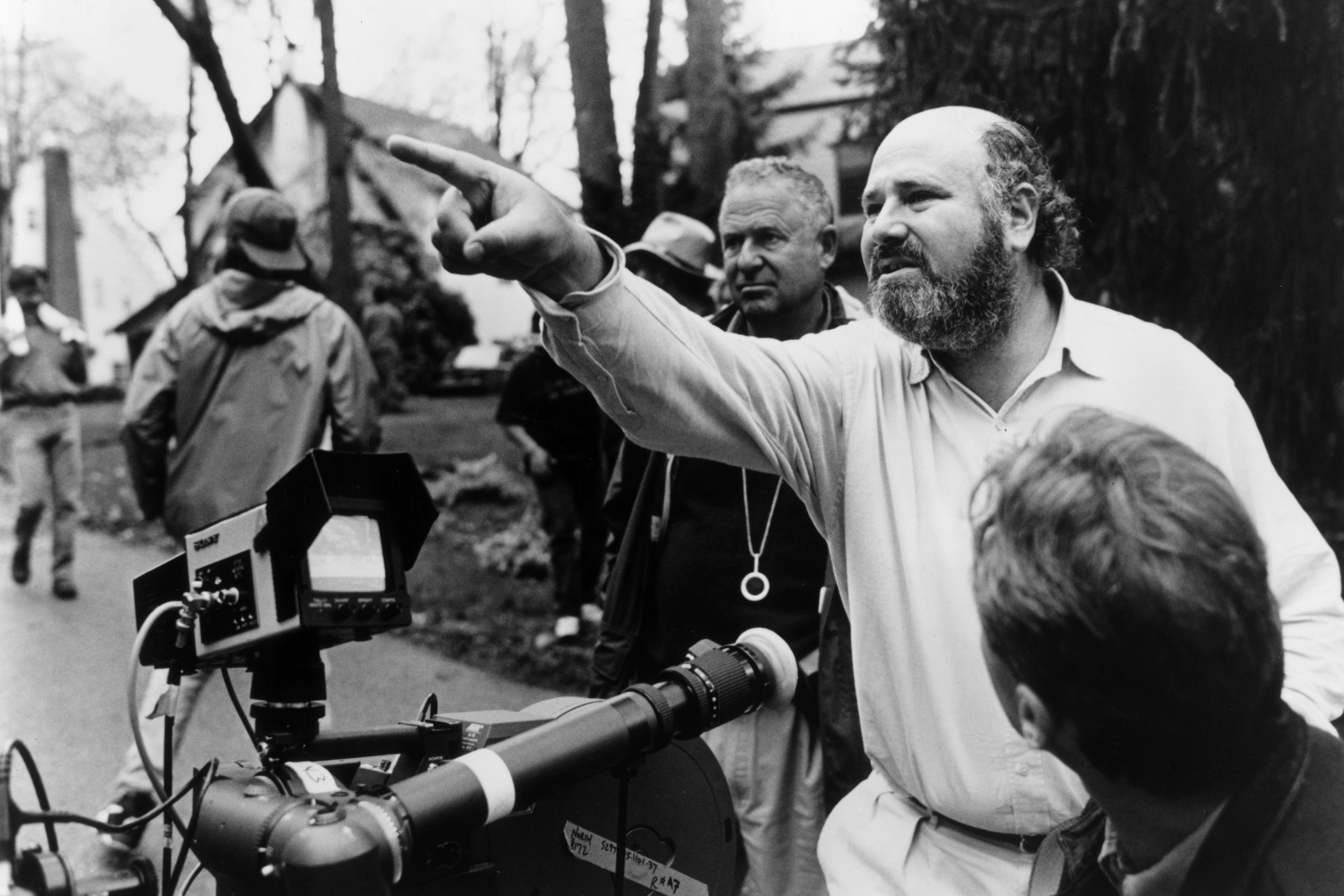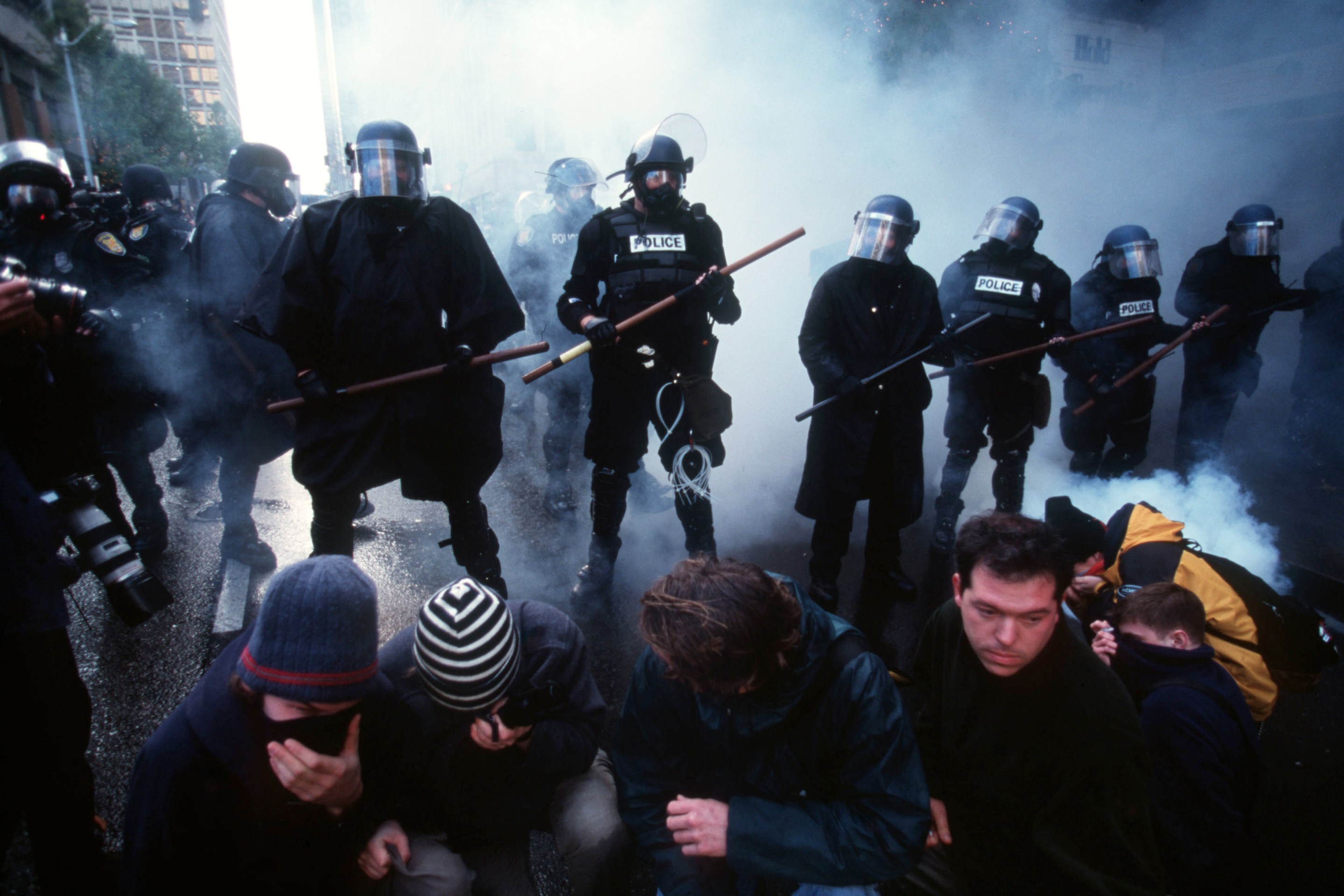A 24-hour business trip to Cleveland four days before Christmas was a bad idea; I see that now. There wasn't even that much snow, by Lake Erie standards, but Delta Airlines didn't seem to care that I had 10 pounds of potatoes to grate for a Chanukah party the next day and was leaving to visit my mother the day after that. There was no open seat to New York that night, nor the next day until 9:00 p.m. I was stuck. I was despondent.
I had dated a guy from the Cleveland suburbs in my 20s long enough to learn the hard way that there's not all that much to recommend in the city. But I vaguely remembered that locals there love to brag about their art museum, and that seemed like a better way to pass the time than walking forlornly around an empty, windblown downtown. I booked a room in the hotel across the street from the Cleveland Museum of Art. I figured I'd spend an hour breezing through the gallery the next morning and then find something else to distract myself from my plight.
My relationship with art museums at that point in late 2023 was enthusiastic and surface-level, like a bro who can't live without music but never seems to listen to anything but Phish and the Dave Matthews Band. I would visit MoMA or The Met once a year or so, and had developed a habit of seeing whatever the Whitney Museum brought to town. When I traveled, I would dutifully go to whatever household-name museum a given city had to offer—the Louvre, Museo Frida Kahlo—and have a wonderful time. But I rarely went off the beaten path. Even the Cleveland Museum of Art, one of the wealthiest in the world, with more than 66,000 pieces spanning 6,000 years, wasn't fully on my radar until I needed an activity on a 27-degree day in the Rust Belt.
Though the Cleveland Museum of Art is more than 50,000 square feet, contemporary art occupies just a few rooms tucked into the northeast corner of the building. The galleries are home to many renowned works, but they're all smushed together, with no obvious organizing principle beyond "here's some great stuff." Where things were hung seemed to be as much a function of the limitations of the space as of deliberate curation.
It was a single corner that remodeled my brain.
On my left hung El Manto Negro, Teresa Margolles's mosaic made of 1,600 ceramic tiles that each represent an individual victim of the drug wars in her home country of Mexico. On the opposite wall, two bare lightbulbs drooped from intertwined white cords: Félix González-Torres's Untitled (March 5th) #2, an homage to his relationship with his partner Ross Laycock, who was dying of AIDS. Beside that, separated by a doorway, was Anselm Kiefer's Lot’s Wife, an imposing painting that combines lead, stucco, and copper heating coils to create a set of barren train tracks that suggests the voyage to Auschwitz.
The three pieces didn't share a medium, a country of origin, or an era. The only common thread I could find was the enormity of grief. Together, they punched me in the stomach. I was the only person in the room, so I sat and stared from one to another uninterrupted. By the time I came to my senses, 52 minutes had passed. It felt like I had learned to look at art in a new way—like I was no longer even looking at it, really, but breathing it in, inhaling each work's essence. My breathing slowed, my eyes narrowed in on the tiny details. Afterward, I wandered the rest of the museum for two more hours, but couldn't tear my mind away from that one corner. Three pieces of art had turned me, fully and forever, into a Museum Person.
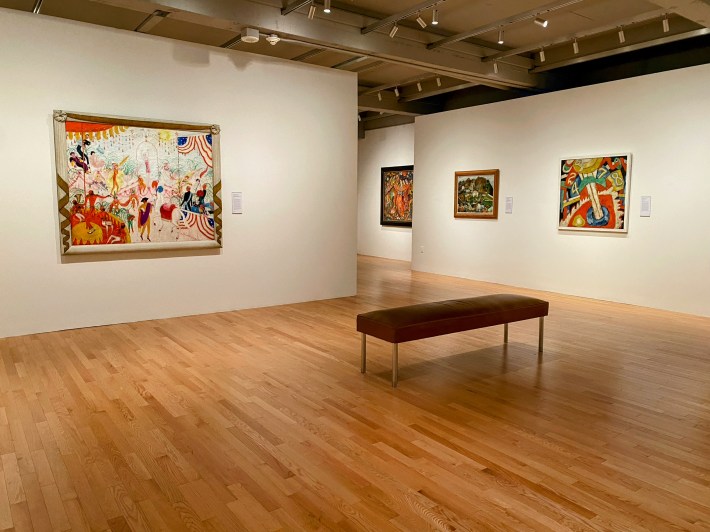
By the time I finally made it home from Cleveland, I felt wild with lust to visit more museums. On one level, it was good timing; my work was going to have me on the road a lot. But my professional life is a mix of reporting, writing, and consulting with small local newsrooms, which means business trips never seem to take me to London, Florence or other world-class museum cities. I didn't even have another trip to Cleveland on the books. None of my scheduled trips were to art meccas. For the most part, they were to places I never would have visited if I wasn't being paid: St. Louis; Tacoma, Wash.; Kansas City, Mo.; Portland, Maine; El Paso; Salt Lake City; Charlottetown, Prince Edward Island; Hartford, Conn.
It turns out, though, that while none of those places has a world-renowned art museum, every one of them has an art museum. A year later, I have been to every one.
I'm not sure I had ever been to any small-city art museums before 2024. If I had, they didn't make much of an impact. But just a couple of months into my museum year, something strange began happening: I found myself drawn to these less-heralded museums specifically, not simply because of a lack of other options. I created a ritual when I got to a new city: I'd drop my bags at whichever chain hotel I was staying at, then beeline straight to the art museum. I couldn't wait any longer. Few of these museums had even a single world-renowned masterwork, but that wasn't what I was looking for anyway. I have no formal art education; I don't know what makes curation good or bad on a technical level. But I've spent my whole career thinking about what makes a great narrative, and that's what kept drawing me in. I wanted to know what curators with a tiny fraction of the Cleveland Museum of Art's $900 million endowment chose to prioritize, what they wanted me to remember from Tacoma or Salt Lake City.
At Maine's Portland Museum of Art, I was entranced by the movement of schoolchildren in a painting by Allan Rohan Crite, who painted scenes of Black life in Boston in the mid-20th century. On Prince Edward Island a few days later, I was enchanted by the tiny details of a series of colossal portraits local artist Donald Andrus painted of his friends and neighbors. At the El Paso Museum of Art, I found myself lost in pink and orange brushstrokes of the west Texas desert in a 22-foot-long Audley Dean Nicols painting that spent years lost in the janitor's closet of a local high school. At the Utah Museum of Fine Arts, an embroidered blanket by Seneca artist Marie Watt turned a 1913 photograph into something new and breathtaking. None of these works are remotely famous, but all of them affected me deeply.
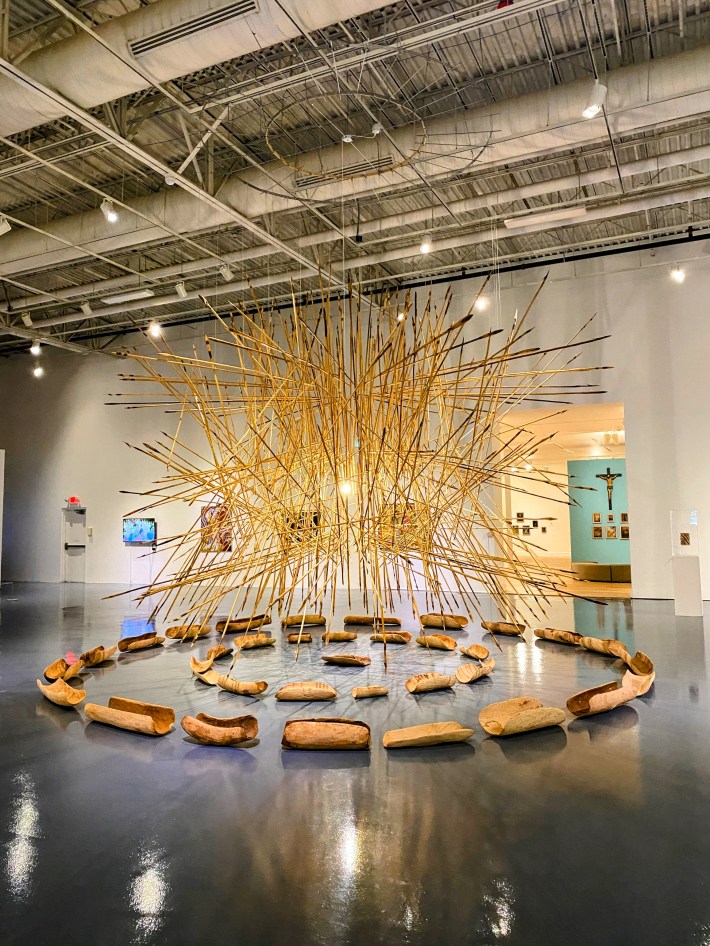
When you go to a different version of any type of place over and over—whether a restaurant, a church, a concert venue—you can't help but focus on the differences, honing your preferences over time. Because I've spent my career telling stories, my year of art museums made me think critically about how museum curators create an arc, choosing not just what is displayed, but how and where. My favorite exhibitions at The Met or the Louvre are those that tell a complete story, immersing me in a world that is not my own. But even the best ones end. The moment after you've seen the last piece and walked out of the room, you're somewhere else—not a place to process and reflect, but another gallery with a disorienting and discordant selection of art. I hate that feeling, hate being pressured into devouring the whole world at once.
At my favorite regional museums, though, the entire building tells one story. El Paso's museum, which sits less than a mile from the border, deliberately juxtaposes the white fantasy of west Texas with art made by Mexicans and Mexican-Americans. The Confederation Centre Art Gallery on Prince Edward Island describes its mission as "reflecting Canadian identities, and the origin and development of the country"; its collection skews contemporary but also includes a handful of mostly forgotten female Canadian 19th-century landscape painters. On the days I visited, I had each museum entirely to myself, with zero pressure either to get out of the way or see more stuff.
I visited a total of 26 unique art museums across seven states and three countries in 2024, an average of one every two weeks. During that time, I saw some truly remarkable exhibitions, from The Met's Harlem Renaissance survey in my home city to a collection of Blue Rider expressionist paintings at the Tate Modern on the one big pleasure trip I took. But when I think about the most significant moments of my museum year, many of those that stand out aren't the ones in which I stood in front of a world-famous masterpiece, but the ones in which I discovered something new, when a lesser-known individual piece or a surprising curatorial combination knocked me off balance.
My year of art museums has taught me more about the places I've visited than any guidebook or walking tour ever could. It has taught me some of the art history I meant to learn in college but never got around to. It has taught me about my own taste, expanding what I am drawn to and encouraging me to delve deeper into my favorite movements, periods, and artists. It has taught me to worry less about seeking out the "best" version of something and instead focus on the beauty of whatever is right in front of me. It has taught me to slow down, to indulge my fascination with tiny details, to allow myself to occasionally be guided by desire instead of reason.
Falling in love with regional museums changed how I visited the renowned ones, too. Over and over, I found myself moving away from the crowds surrounding the most famous pieces at major museums, instead standing alone in front of a piece that seemed all but forgotten. At San Francisco's famed de Young Museum, I loved visiting Monet's water lilies and O'Keeffe's pears, but the works that burrowed deepest into my brain were Robert Bechtle's mid-century photorealist paintings of streets around the city and Wesaam Al-Badry's contemporary photographs of farmworkers picking fruit in the nearby Central Valley.
I have no plans to stop visiting destination museums; after seeing two different Ruth Asawa exhibitions in 2024, I'm already fired up about the major MoMA retrospective that opens late next year. But I'm going to keep seeking out the overlooked ones, too. They're the places I've learned to discern my own taste. They're the places where I feel most free to listen to what I actually like, rather than what I know I should. They're the places I think about when someone asks about my interests. They're the places where I feel most calm, no matter the tumult of the world outside.
